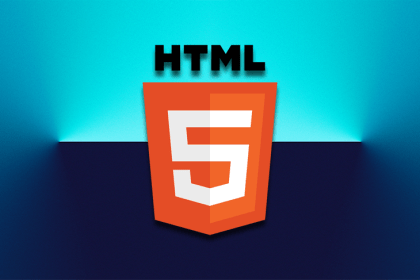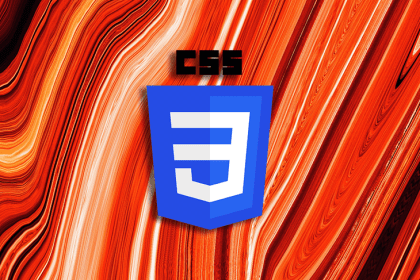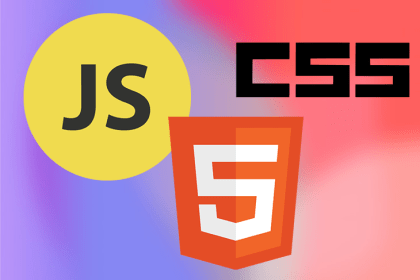
Build and animate an off-canvas menu using web components and HTML’s dialog element.

We demystify HTML landmarks, discuss the nuances of different types, and show how to use them to help screen reader users navigate a site.

Let’s discuss the similarities and differences between the Popover and HTMLDialogElement APIs, their use cases, and when to use each.

Learn how to build and style an interactive pie chart using only HTML and CSS.

Learn about the Enhance framework, and the progressive enhancement mindset, to build mutli-page applications with HTML language.

The HTML inert attribute provides a more guided way of managing user focus than focus trapping.

Learn how to render HTML to React Native using the react-native-render-html library instead of having to rewrite code for target platforms.

Use HTML, CSS, JavaScript, and Firebase to create a basic text editor that allows you to create, edit, download, share, and access documents.

Client-side form validation such as HTML5 gives users near-immediate feedback about whether or not their input data is valid.

Read up on the experimental, inbuilt browser API for HTML sanitization in this post and learn how you can better prepare for XSS attacks.

Learn why you should use HTML static exporting from a Next.js application, HTML static export use cases, and how you can do it yourself.